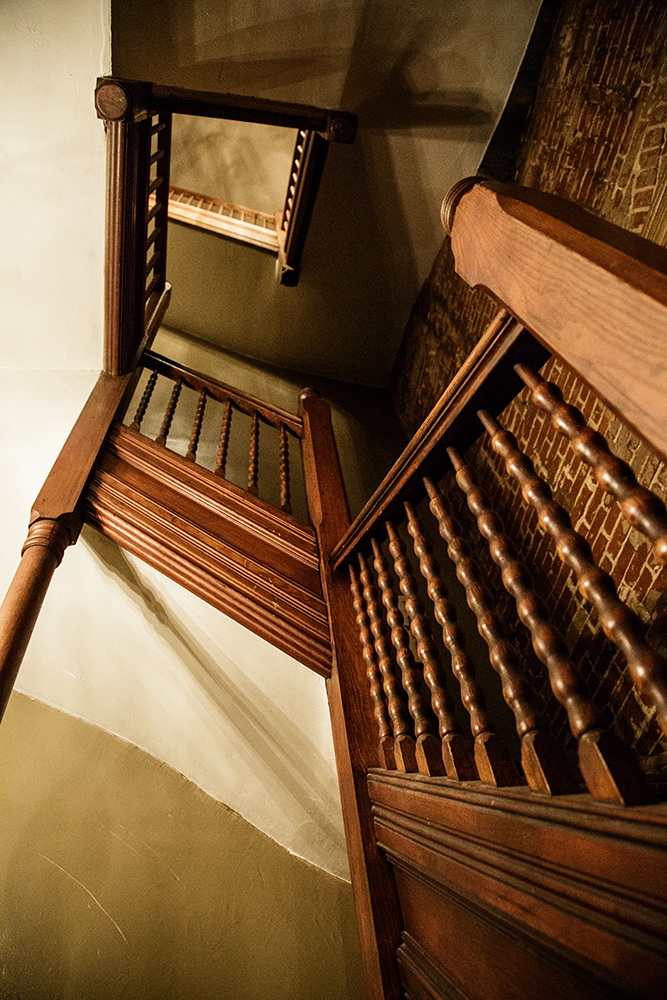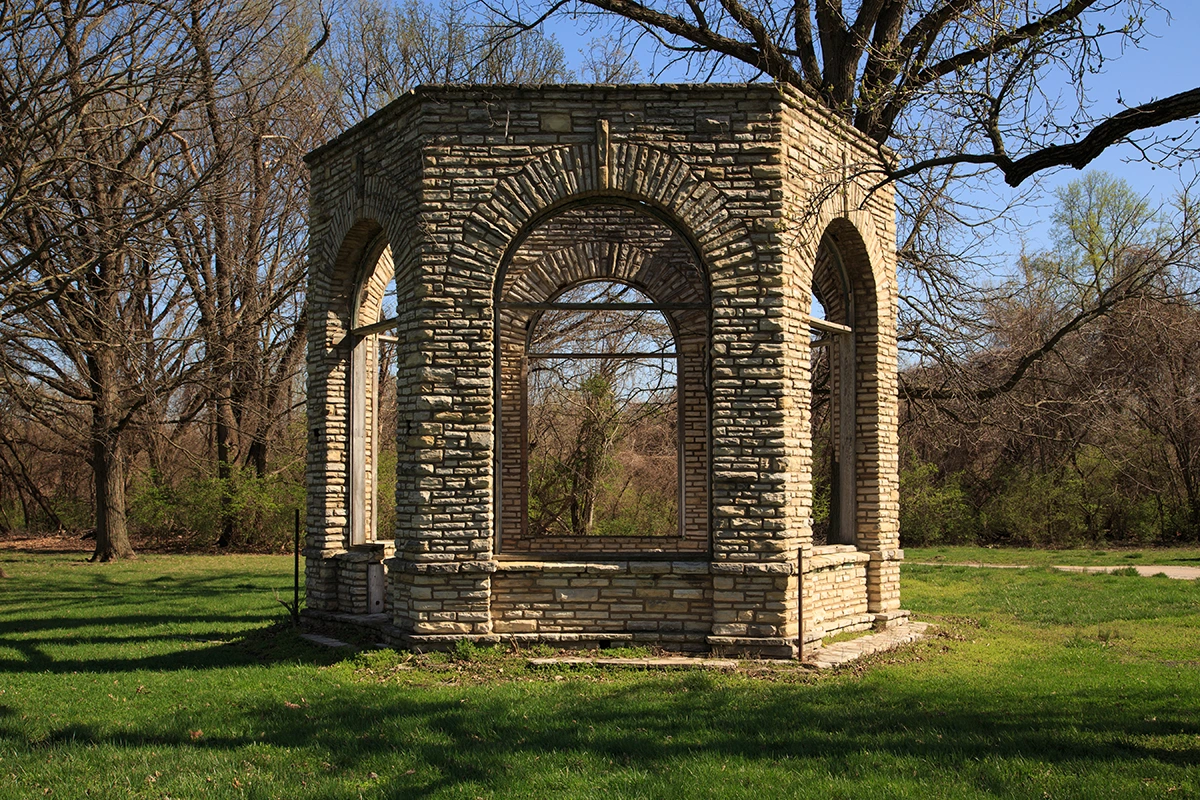Tuesday, April 23, 2013
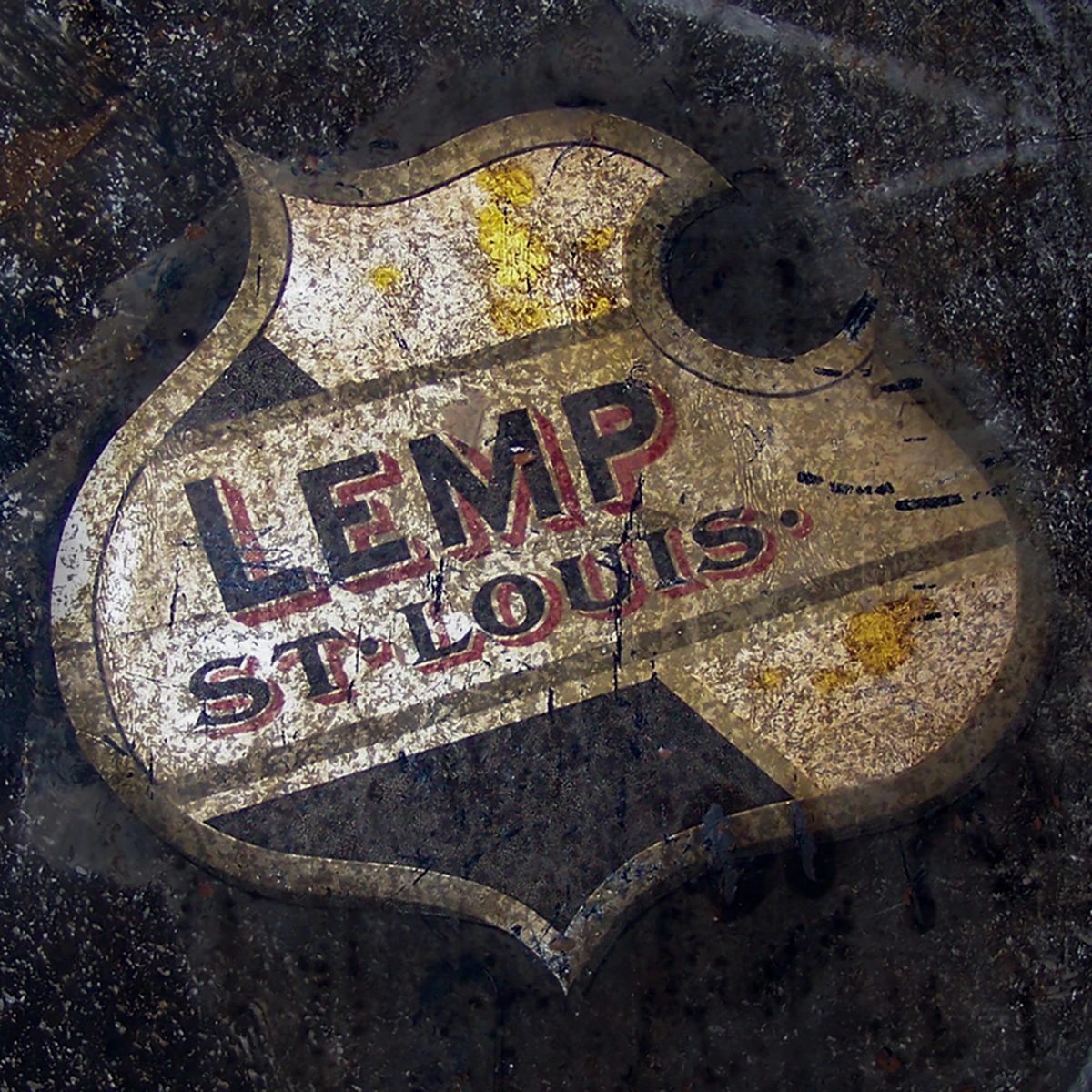
Table of Contents
The Lemp Mansion was built in 1868 for Jacob Feickert. Jacob's daughter Julia would later inherit the mansion when she married William J. Lemp, the head of what was at the time the largest brewery in Saint Louis; the renowned Lemp Brewery. William and Julia moved into the mansion in 1876. William J. Lemp Sr eventually became the first to commit suicide inside the mansion on February 13, 1904 following the deaths of two people very close to him. His son Frederick Lemp, who was destined to be the heir to the Lemp brewing empire, died unexpectedly at the age of 28 in 1901 and his closest friend Frederick Pabst died on January 1, 1904. Julia Lemp was shortly thereafter found to be suffering from cancer and she subsequently died in 1906.
In 1911, the Lemp Mansion underwent major renovations when it was partially remodeled into temporary offices for the Lemp Brewery. Following the closure of the brewery 11 years later (as a result of prohibition) and the complete liquidation of the brewery at auction, William J. Lemp Jr. committed suicide in the mansion on December 29, 1922. Charles Lemp was the last of the Lemps to live in the mansion wherein he committed suicide on May 9, 1949, after which the mansion became a boarding house and fell into disrepair. The construction of Interstate 55 during the 1960s led to the destruction of much of the grounds but spared the mansion.
It has been said that the Lemp Mansion had a secret tunnel beneath it which led to the Lemp Brewery and/or the Lemp/Cherokee Cave beneath it. On paper, this rumor didn't seem to have much credibility and most people (including myself) who researched it concluded that it was at best "highly unlikely" and the myth was declared "busted". However... all of the prior researchers were limited by their lack of physical access to the location and thus had to rely on roughly the same incomplete documentation. My colleagues and I, on the other hand, made some discoveries which have re-opened the case of the long-rumored Lemp Mansion Cave Connection. To be clear: there is no tunnel access to or from the mansion or the cave today. Any and all access to the cave from outside the brewery was completely sealed up/bricked off by 1991. The question then becomes: Did the Lemp Mansion ever have a tunnel, prior to 1991? I believe that it's entirely plausible, based on our discovery of an unexpected and mysteriously bricked off Mystery Tunnel beneath the brewery. The link above explains and provides the most thorough research, evidence and photos that exist on this topic.
The Lemp Mansion is currently a restaurant and inn. Tours are regularly made available, and it is a venue for murder mystery dinner theatre and Halloween parties.
Source(s): Wikipedia, "Lemp The Haunting History" by Stephen Walker

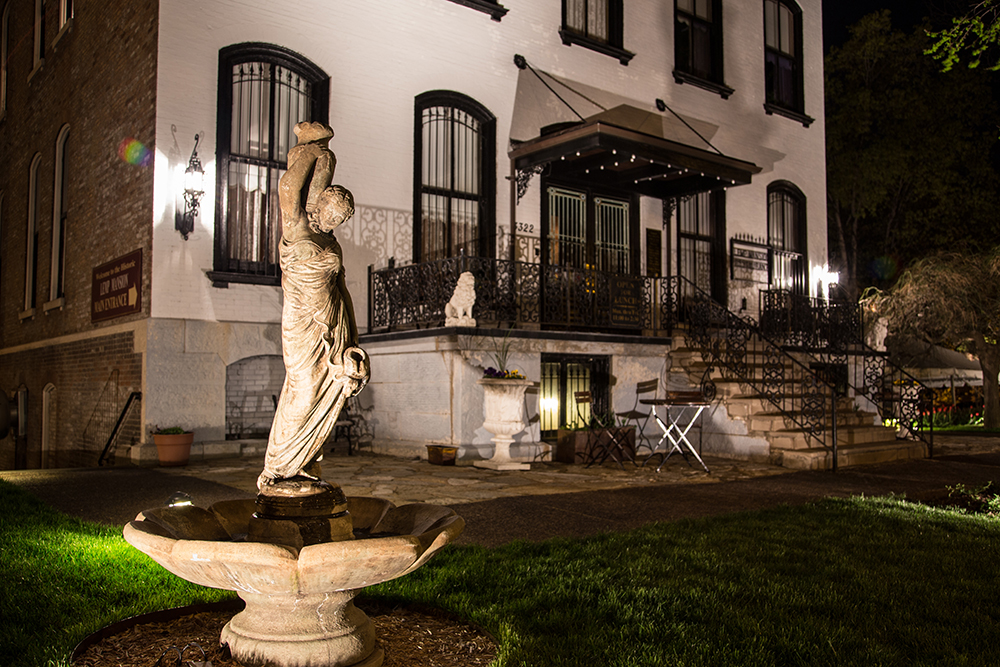
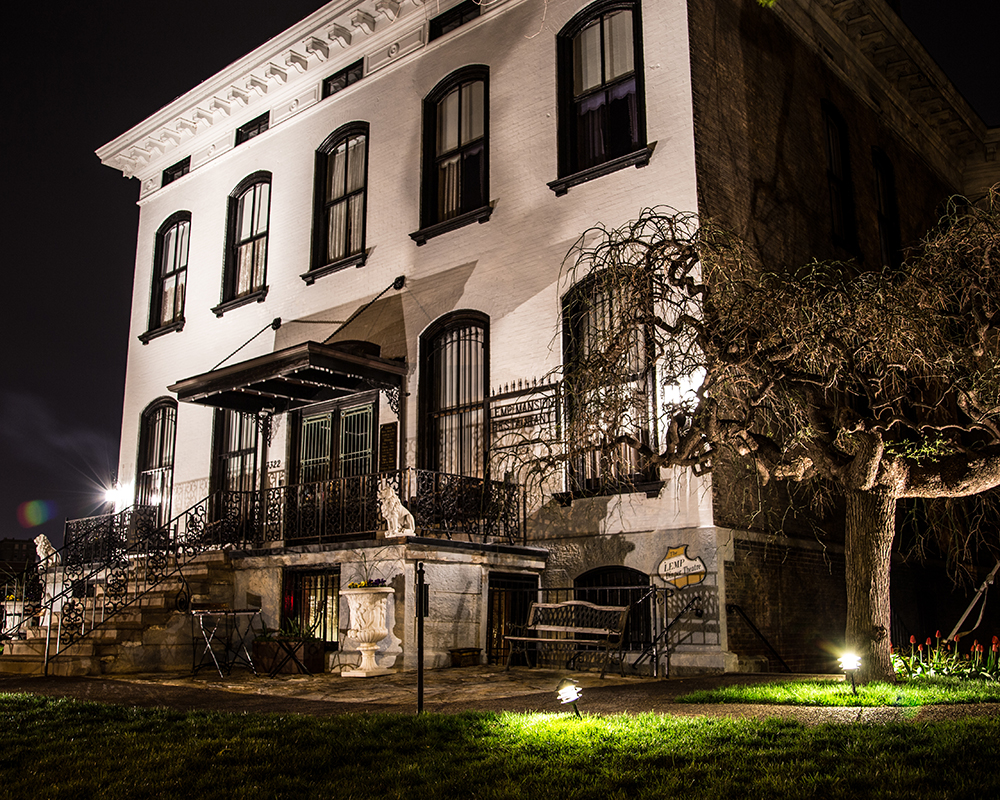
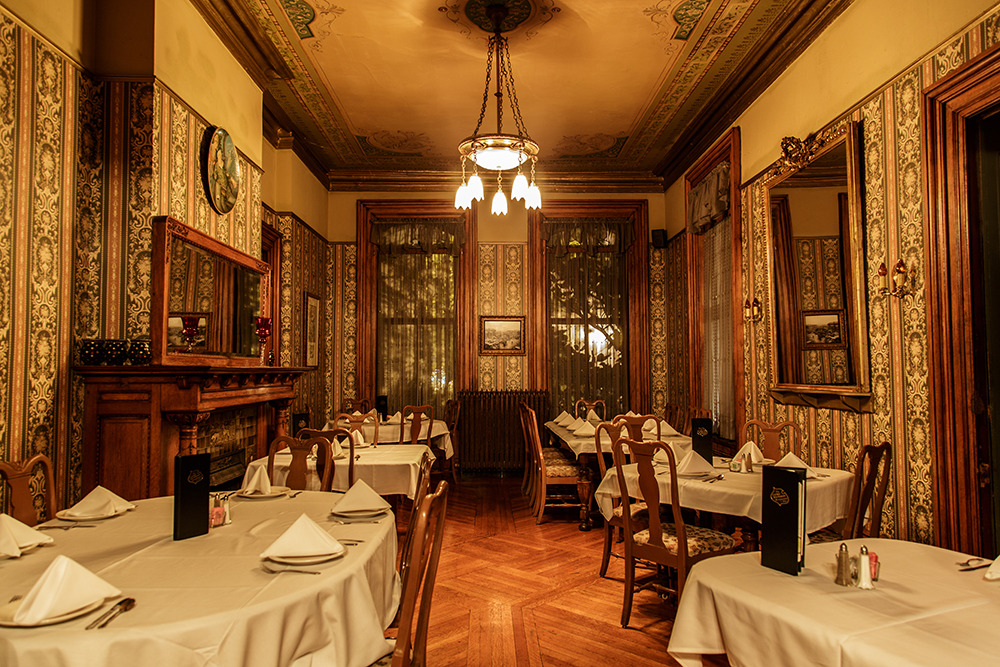
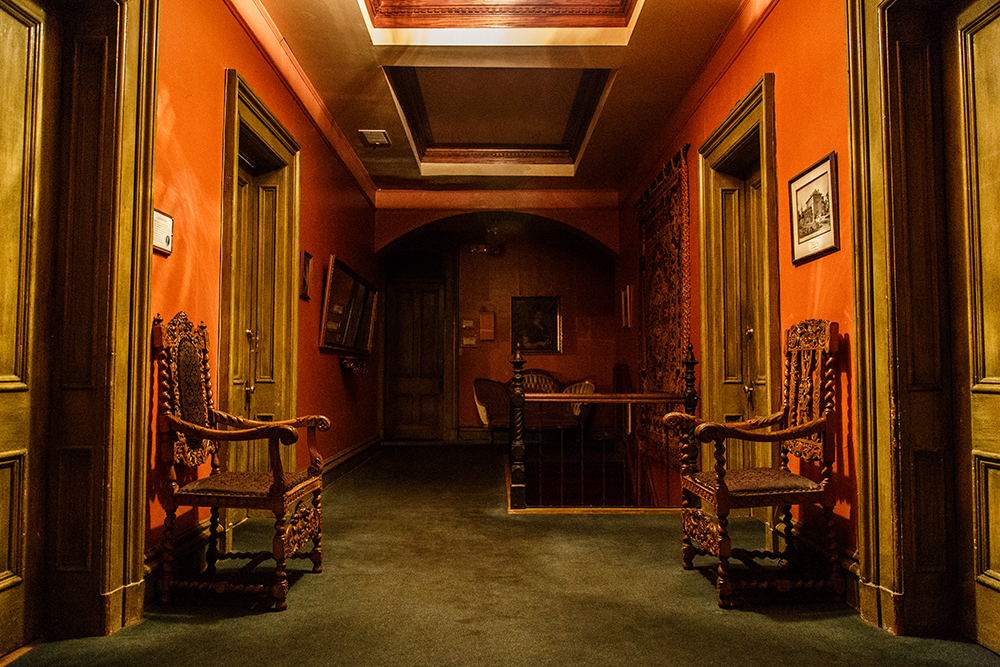
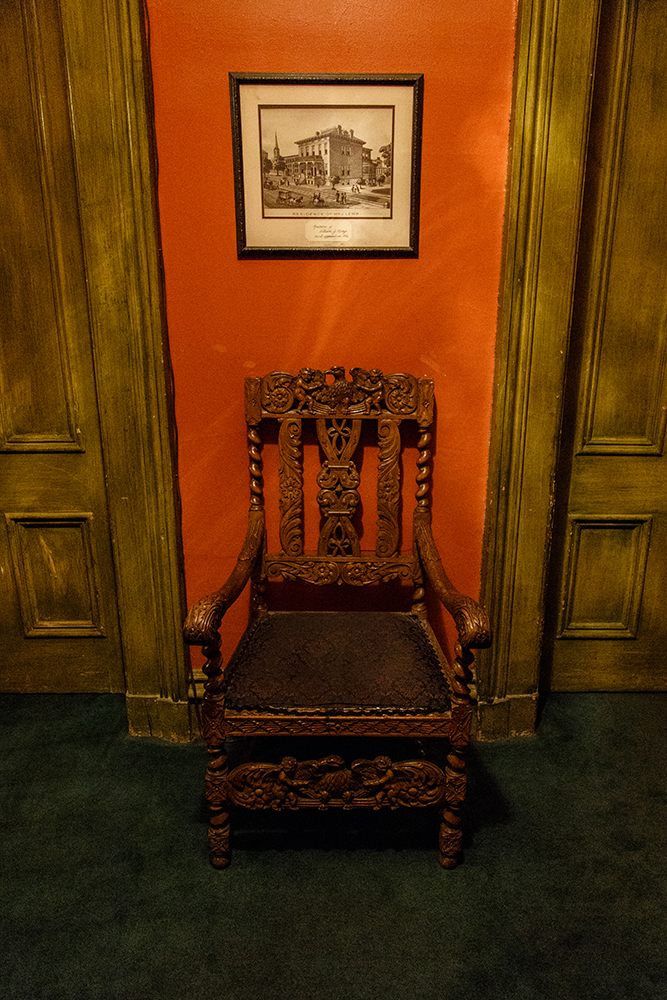
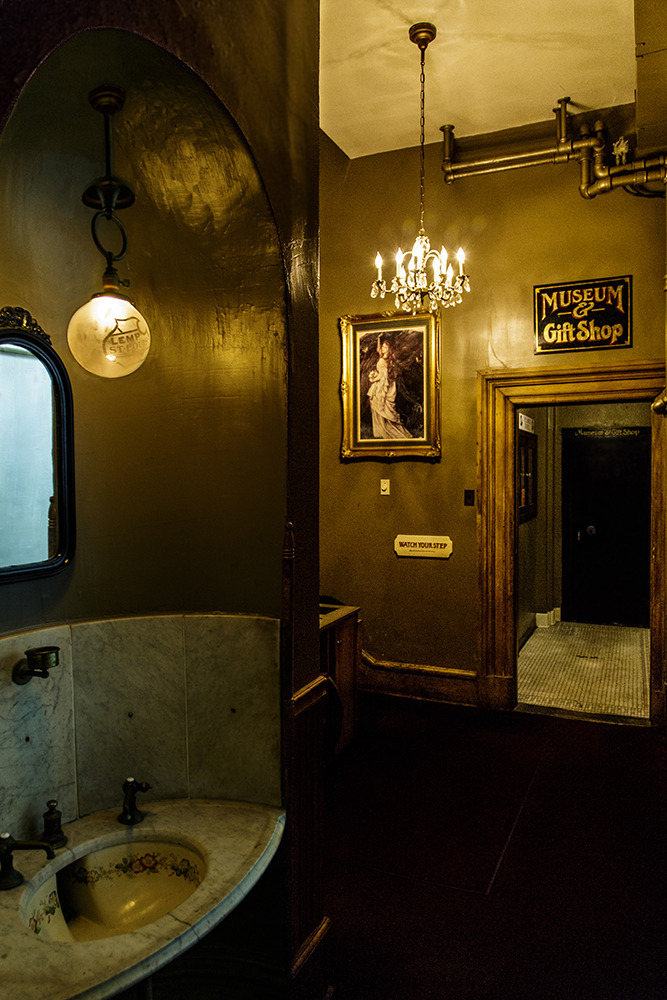
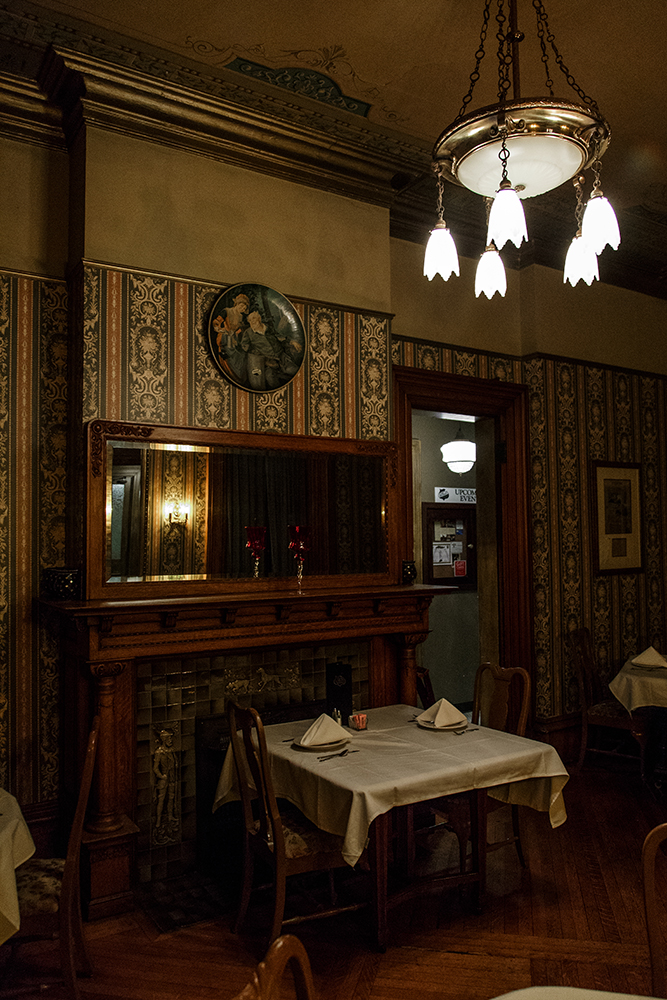

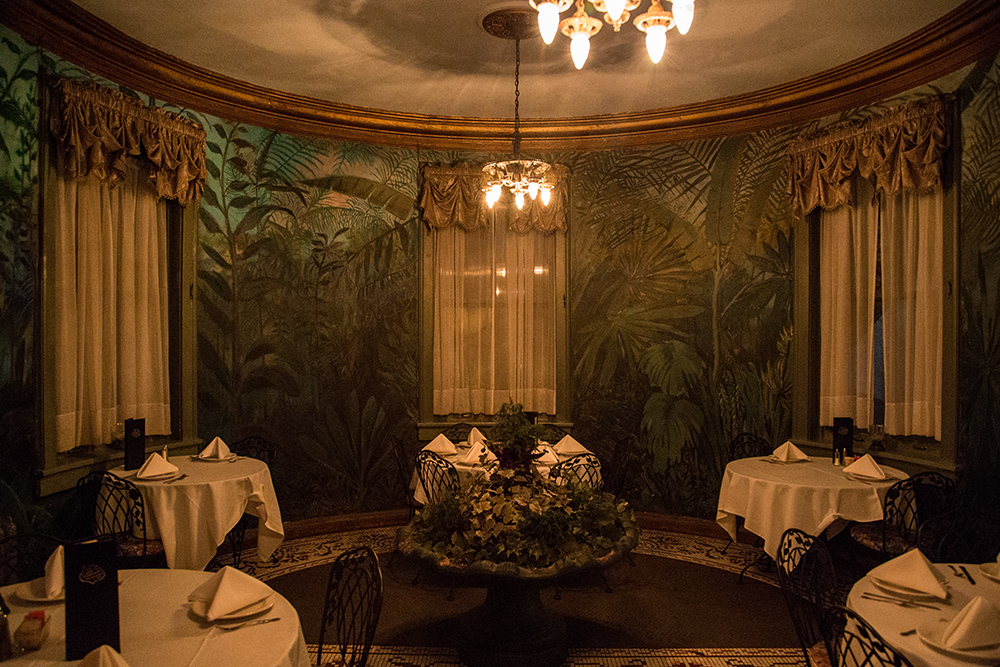
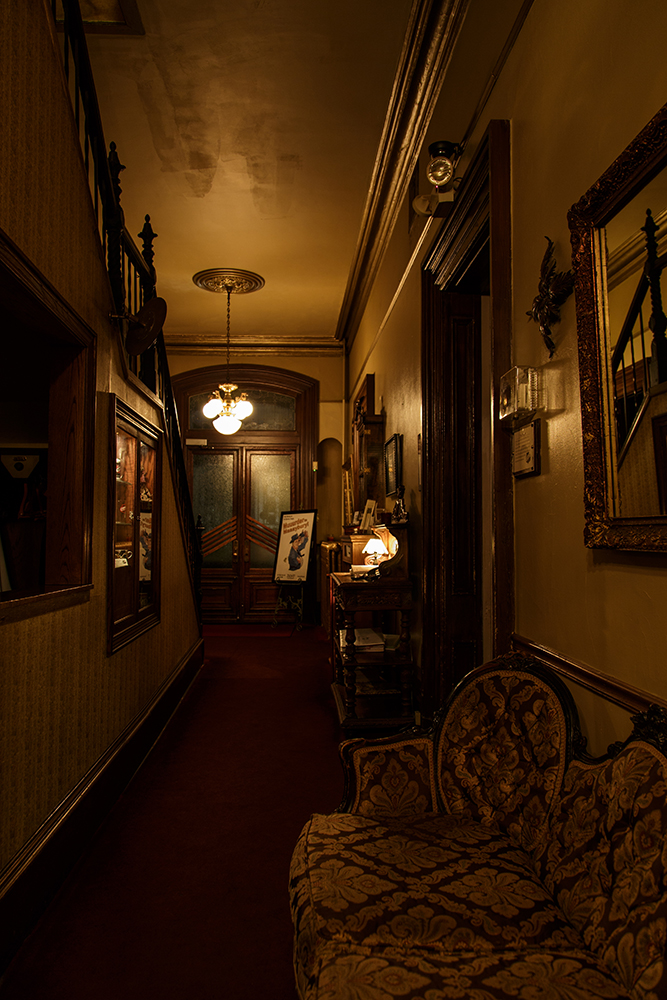
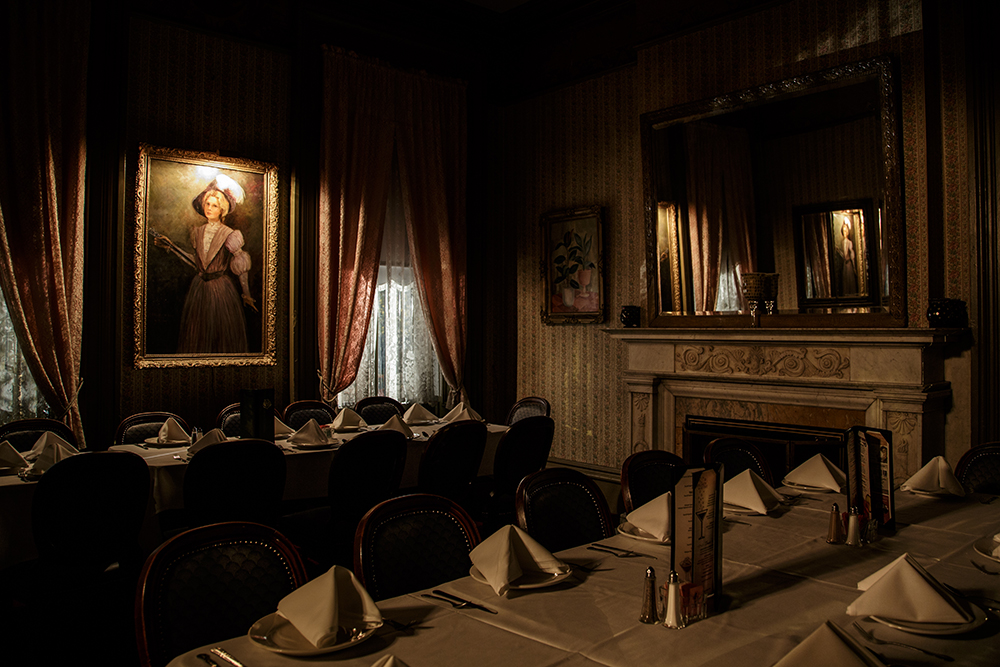

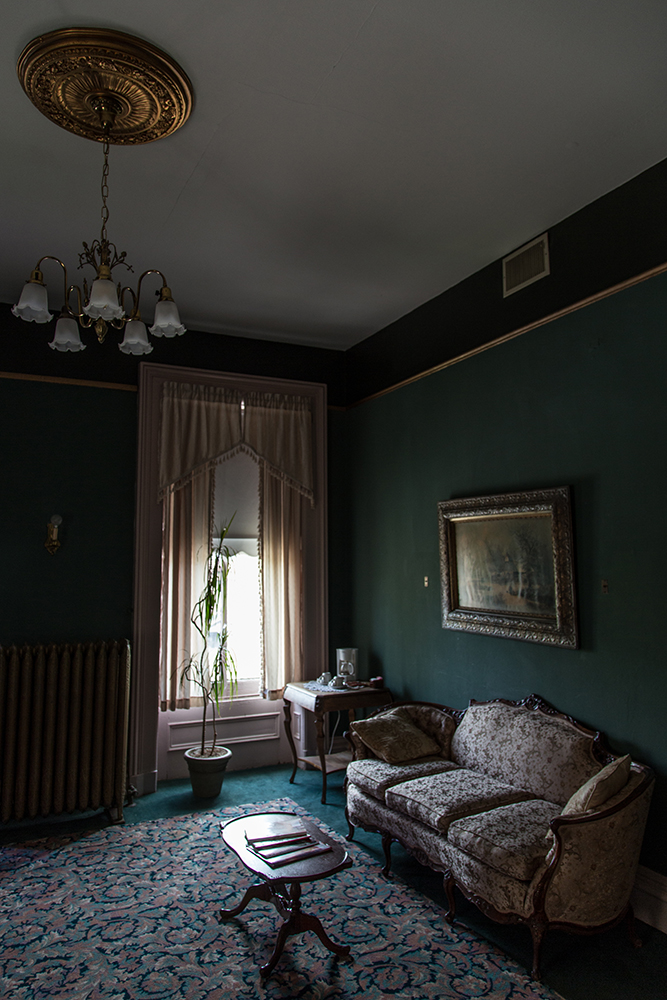
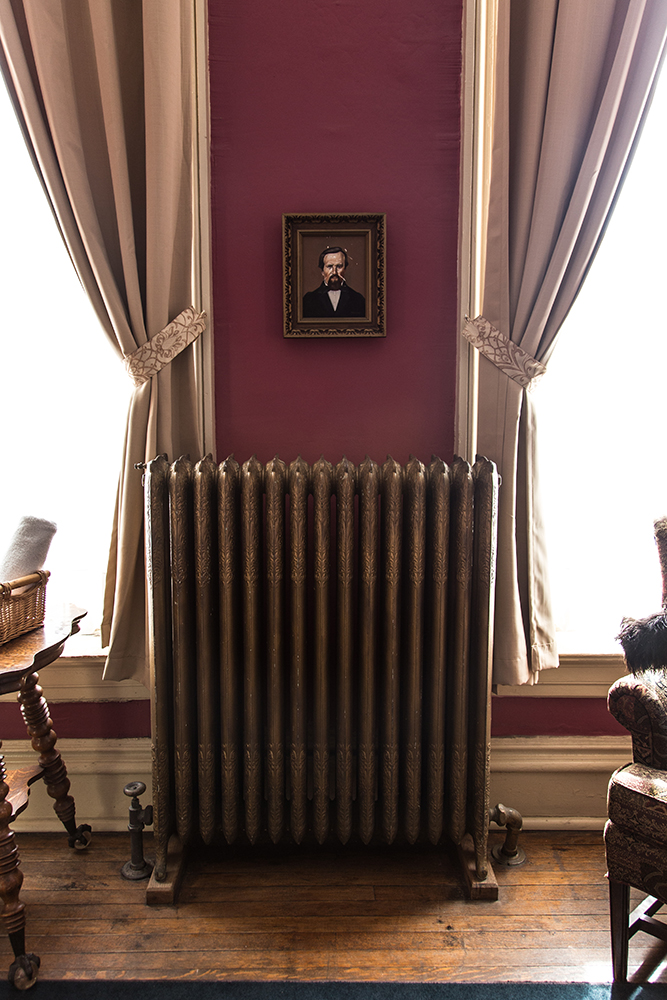
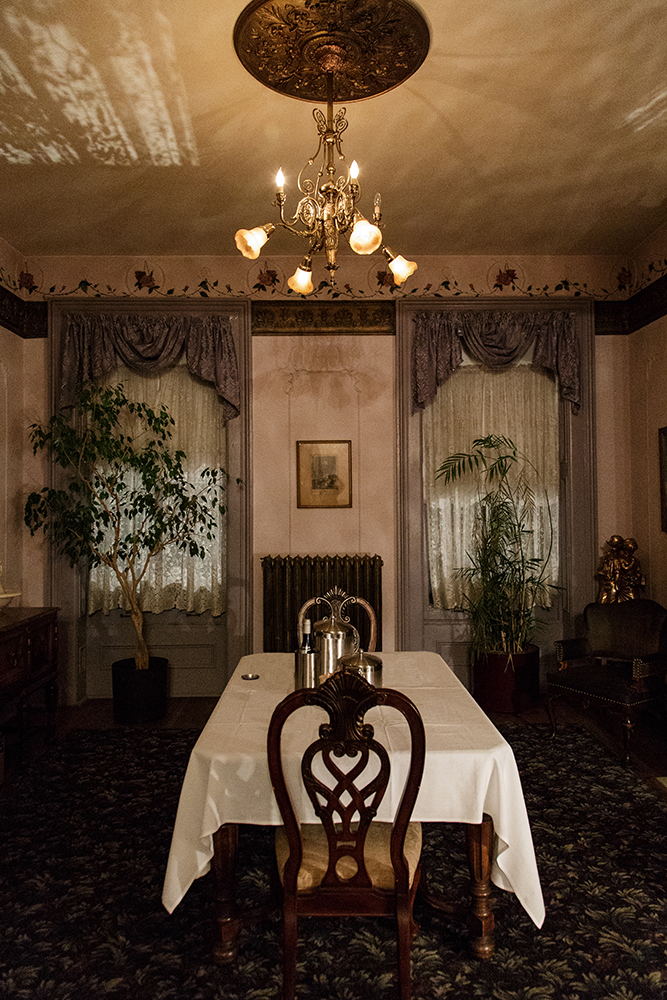

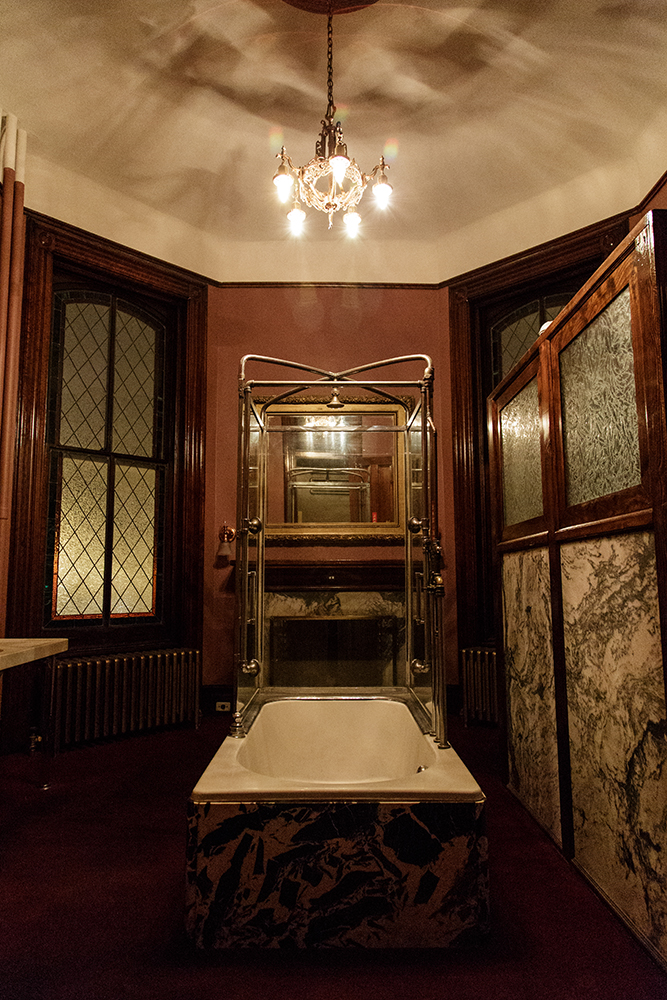
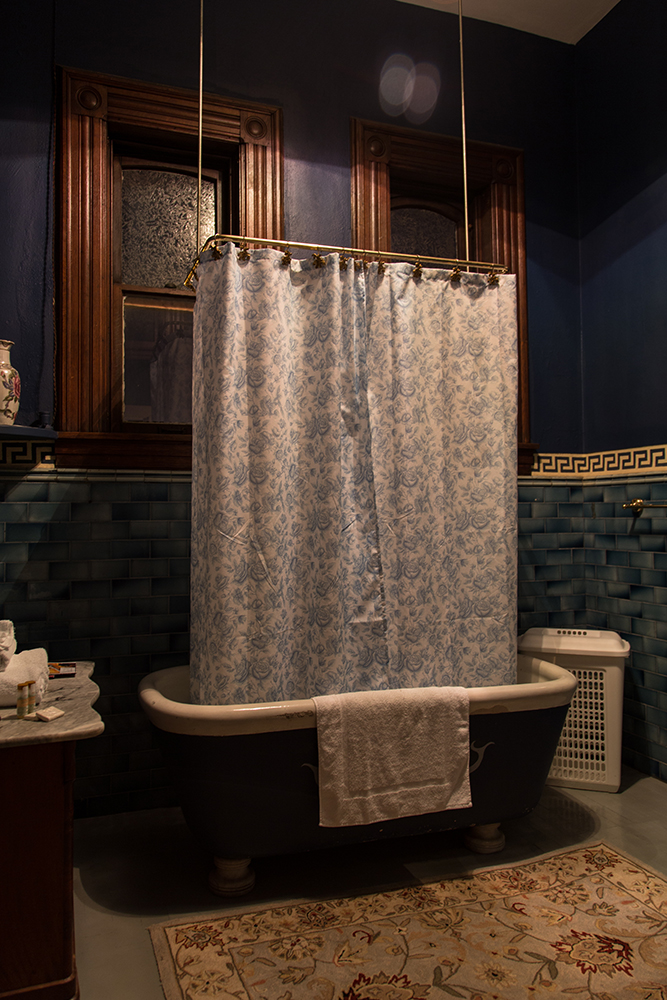
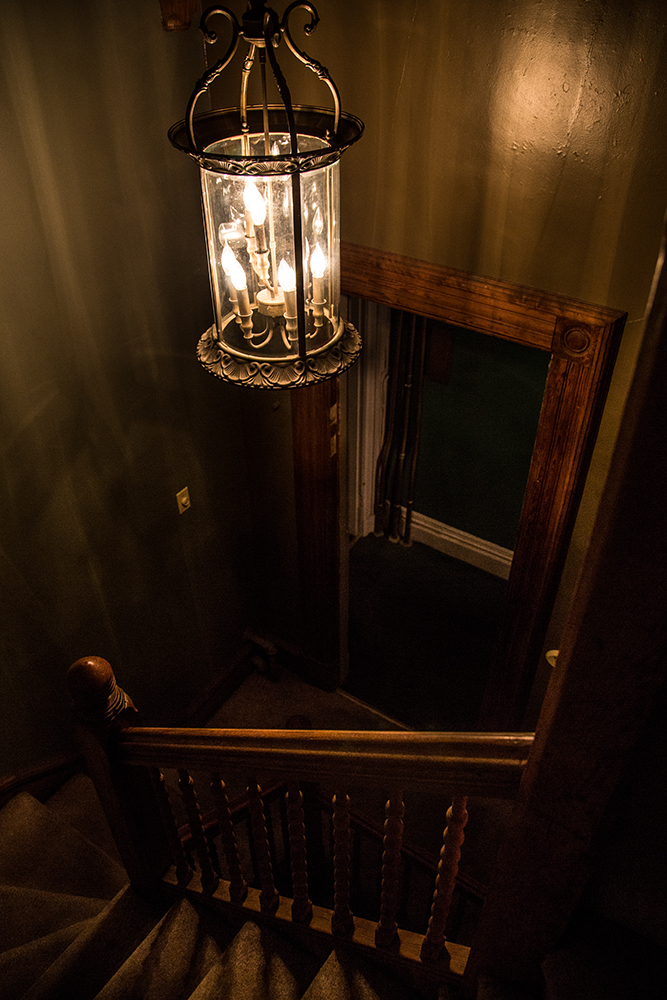
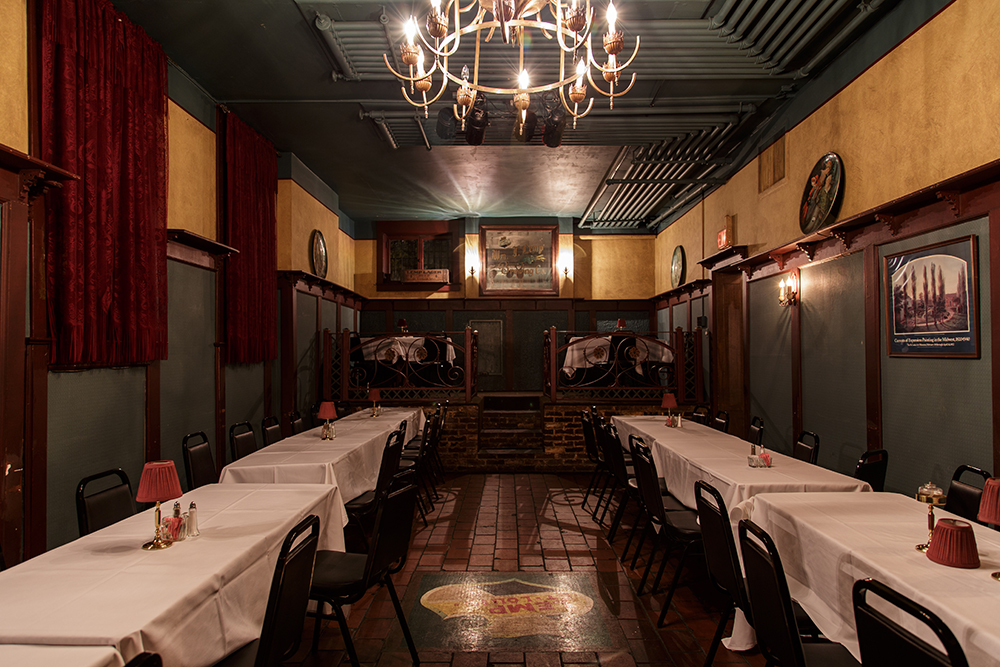
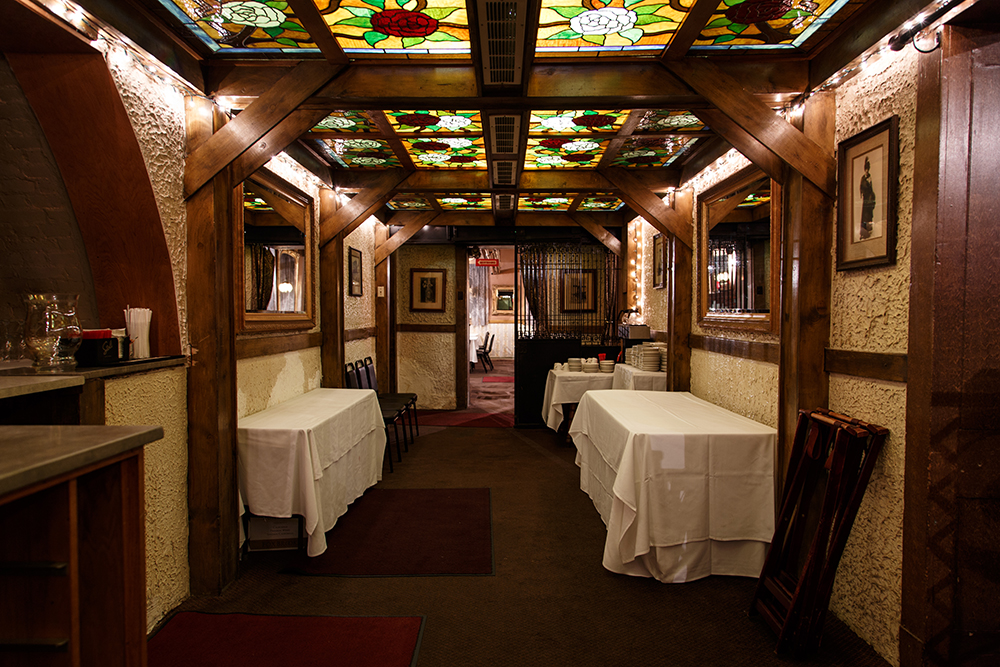
Labels: haunted, Lemp, mansion, saint louis
Monday, April 22, 2013
"Fort Bellefontaine was the first United States military installation west of the Mississippi in the new Louisiana Territory."
"Located on the south bank of the Missouri River, in present-day Missouri, Fort Bellefontaine was first a Spanish military post. After the Louisiana Purchase, by a treaty made between the United States Government, signed by William H. Harrison and representatives of the Native American Sac and Fox tribes (on November 3, 1804), the fort became a fur trading post of the United States Government. Rudolf Tiller served as factor and Col. Thomas Hunt served as first in command."
"The trading post was discontinued after 1808, and from 1809 to 1826 the facility served as a United States military fort. During that time period, from about 1809 to 1815, the fort served as the headquarters of the Department of Louisiana, and was the regional Army headquarters during the War of 1812. Its sister forts were Fort Osage along the Missouri near modern Kansas City, which controlled trade with western Indians; and Fort Madison in what is now Iowa, which controlled trade of the Upper Mississippi."
"Lewis and Clark's Corps of Discovery expedition (1804-1806) spent the first night of their expedition on an island opposite Cold Water Creek and their last night two years later at the fort, which had been established in their absence. Other major expeditions left from this site betweem 1805 and 1819 to explore the newly acquired Louisiana Territory. Until it was replaced by Jefferson Barracks in 1826, Fort Belle Fontaine was an important gathering place in the wilderness for officers and enlisted men, Native American, French, Spanish and American settlers, trappers and traders, and the local businessmen and farmers who supplied the fort with necessities."
Today it is a scenic park and is open to the public.
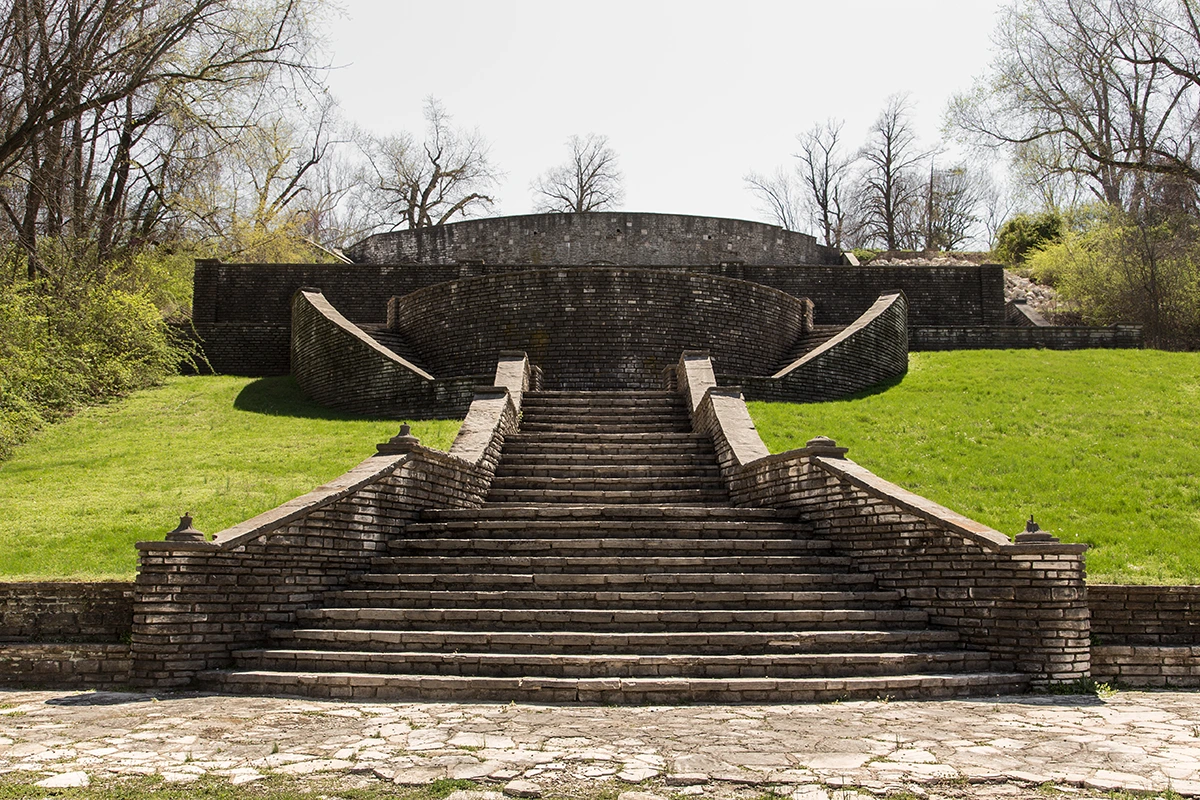
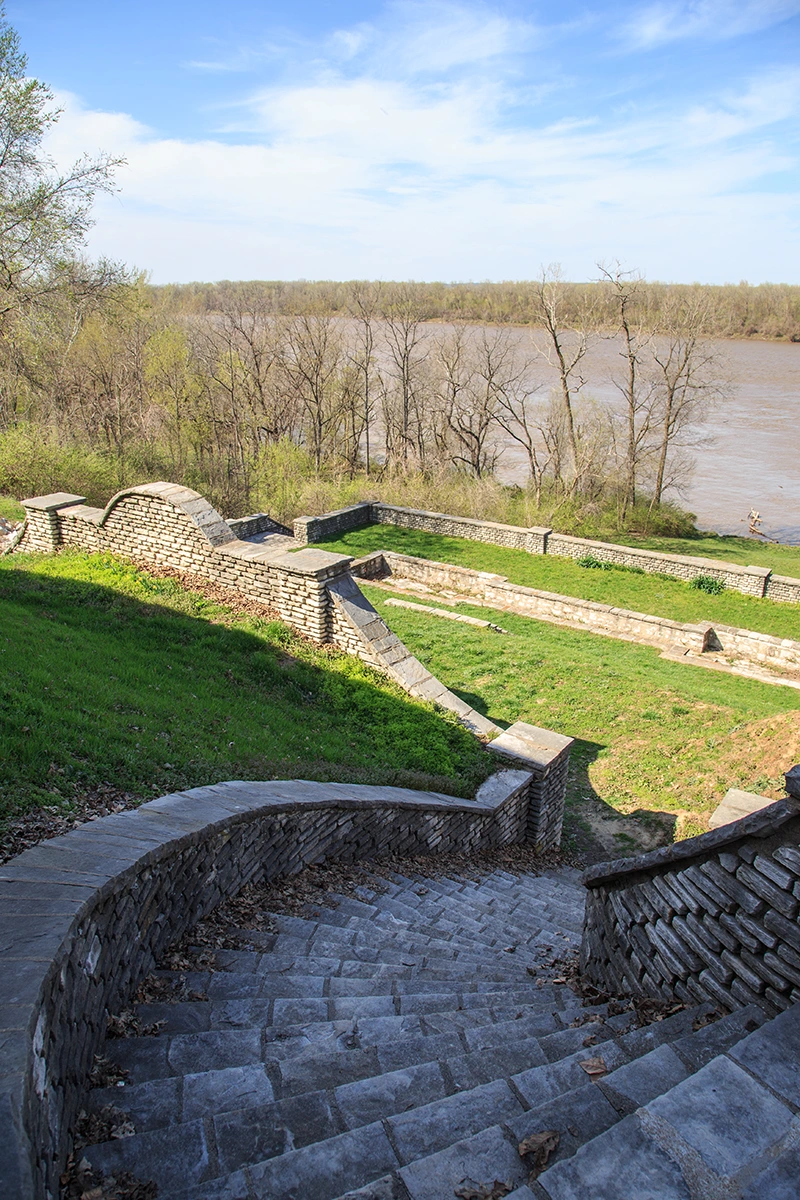
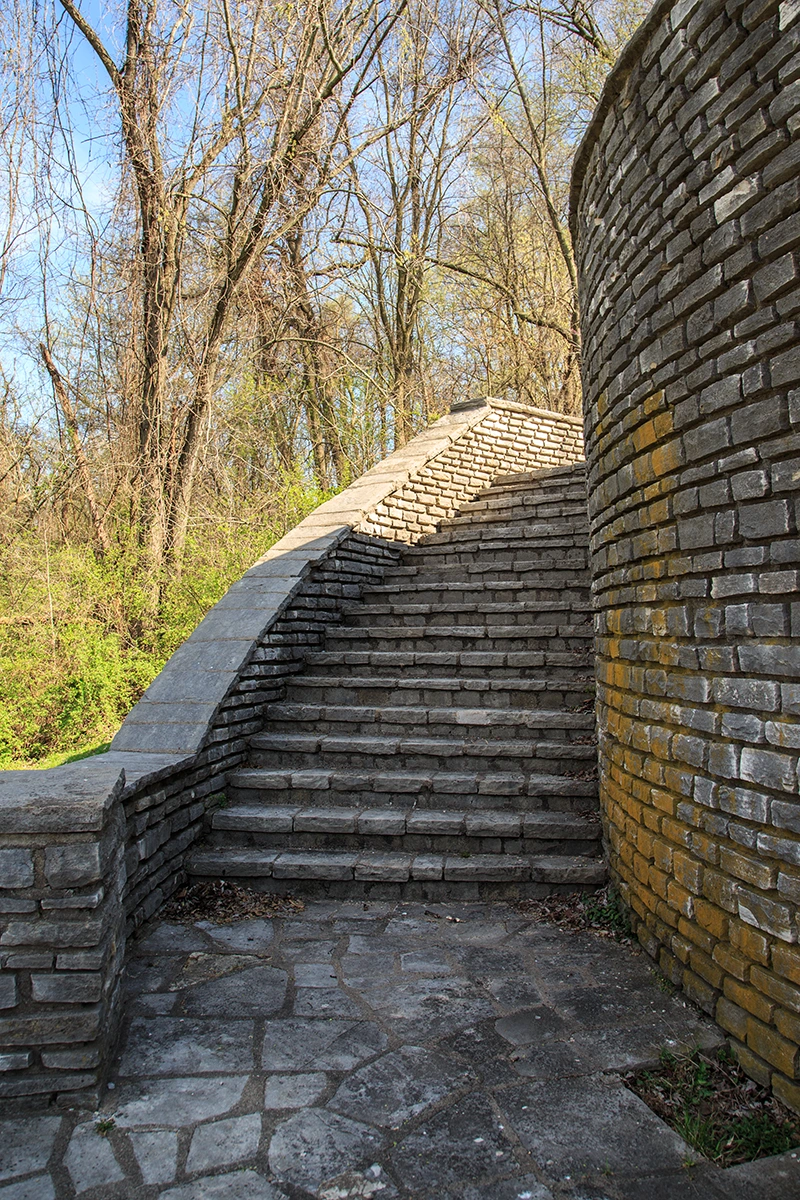

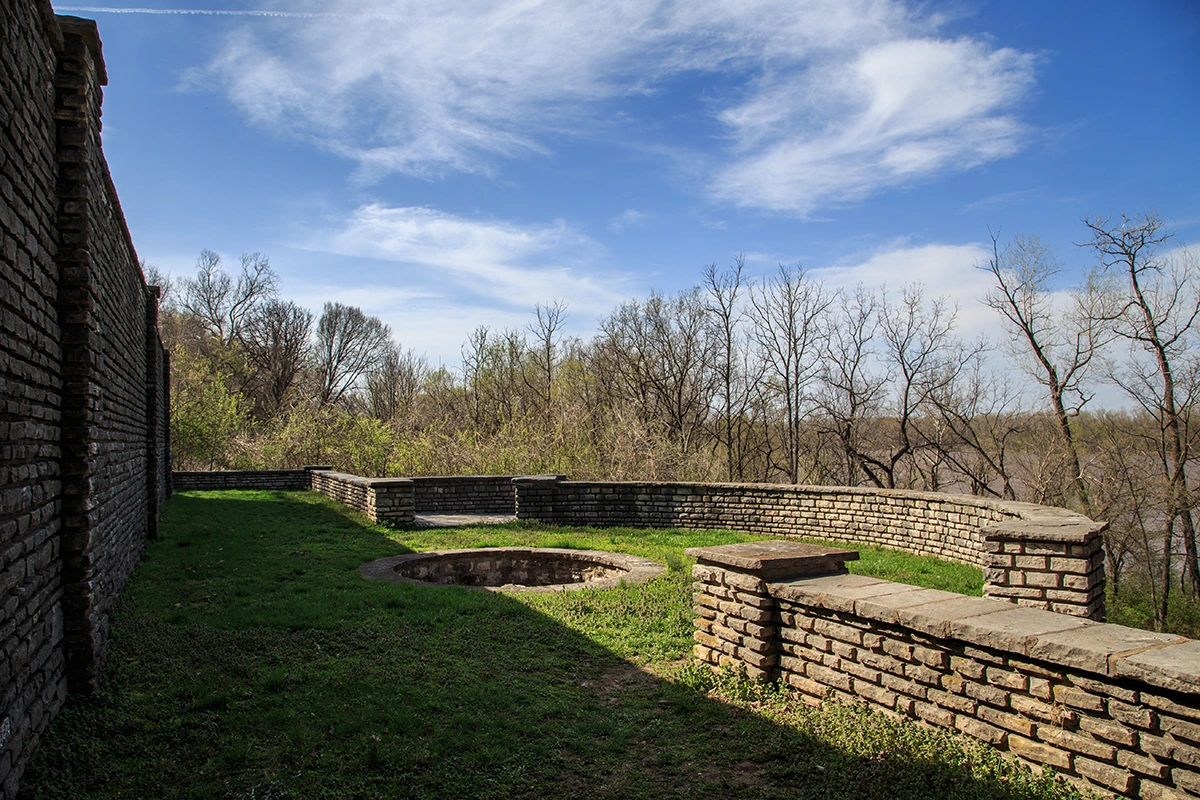
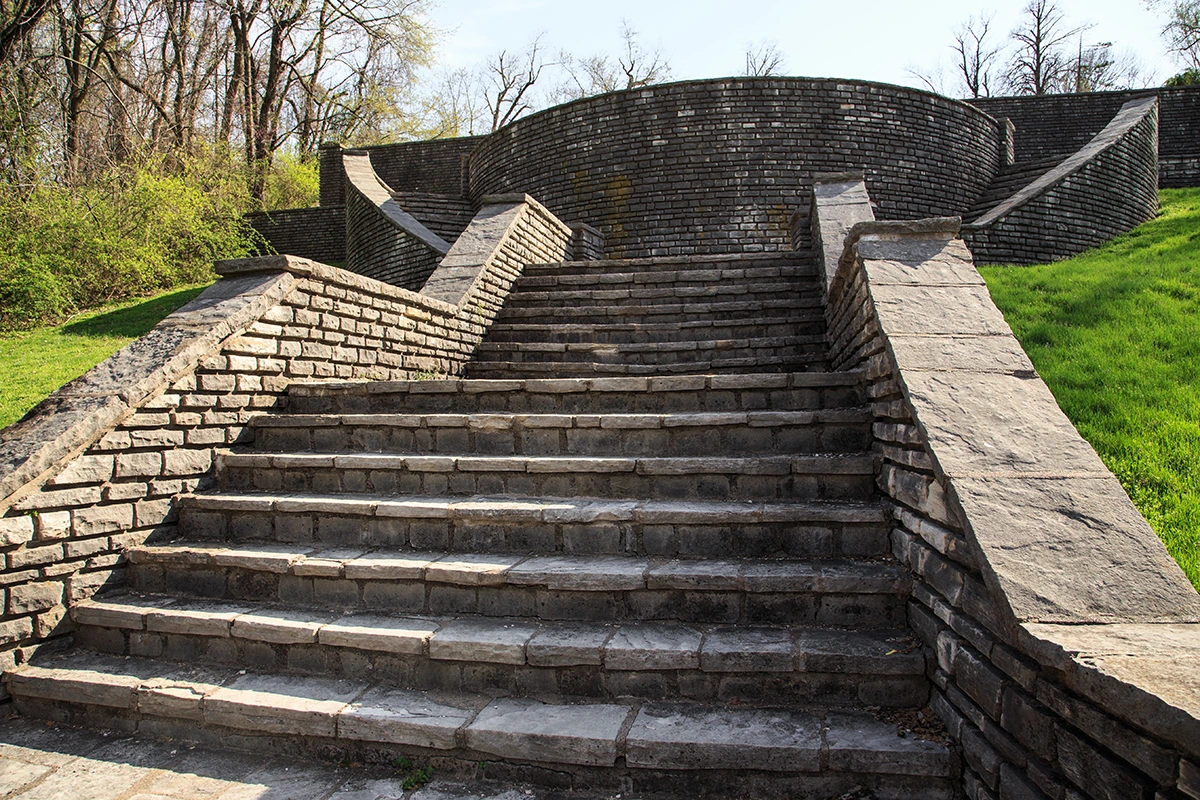


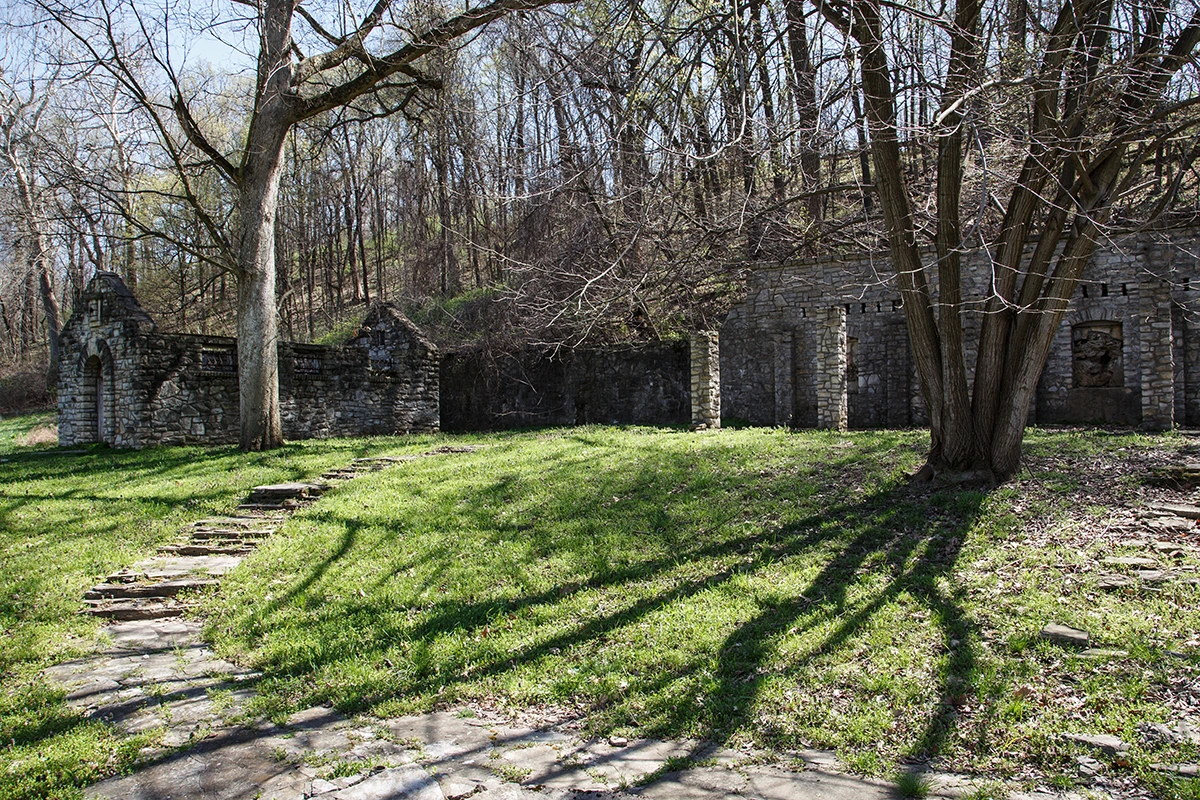
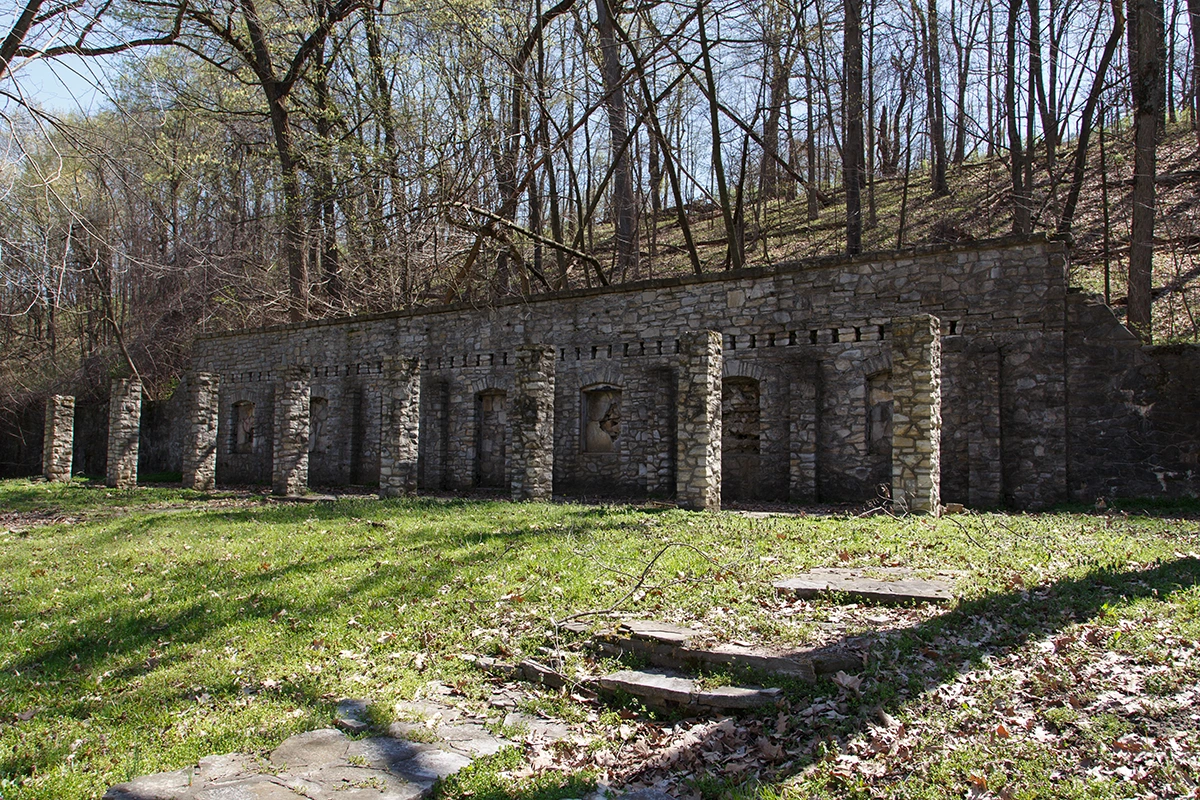
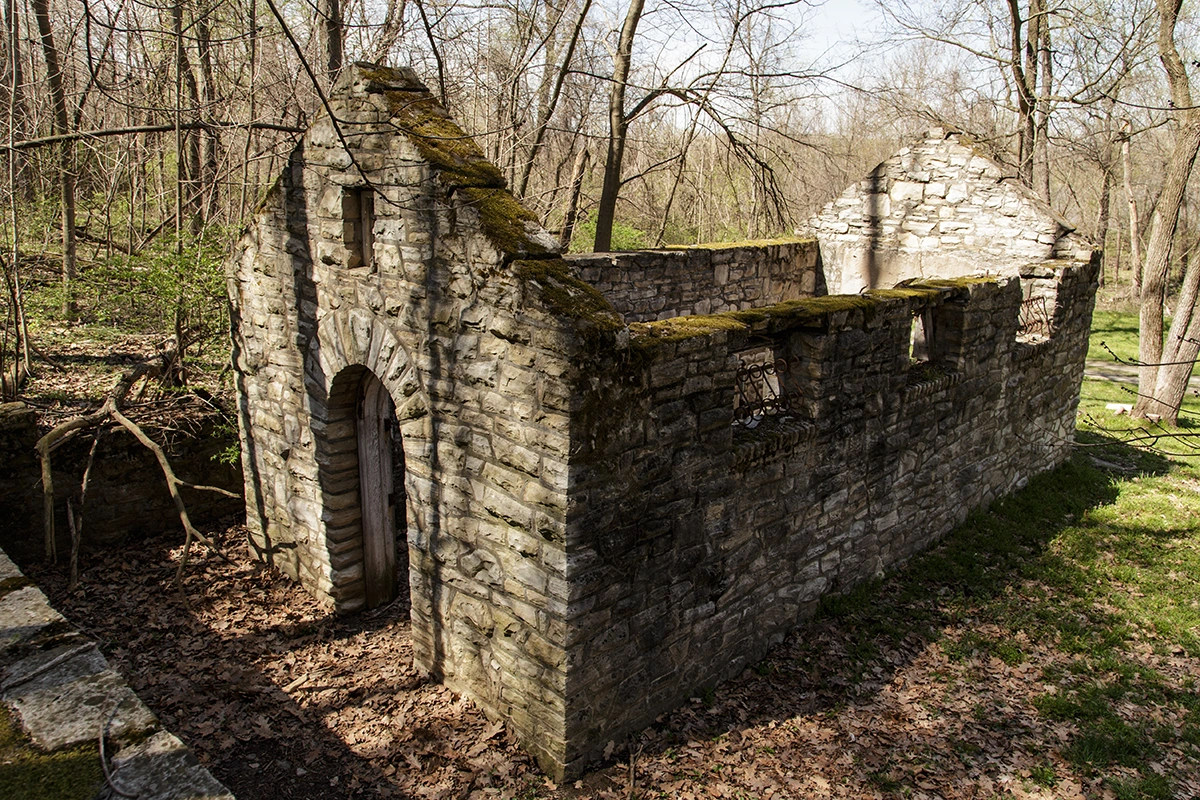


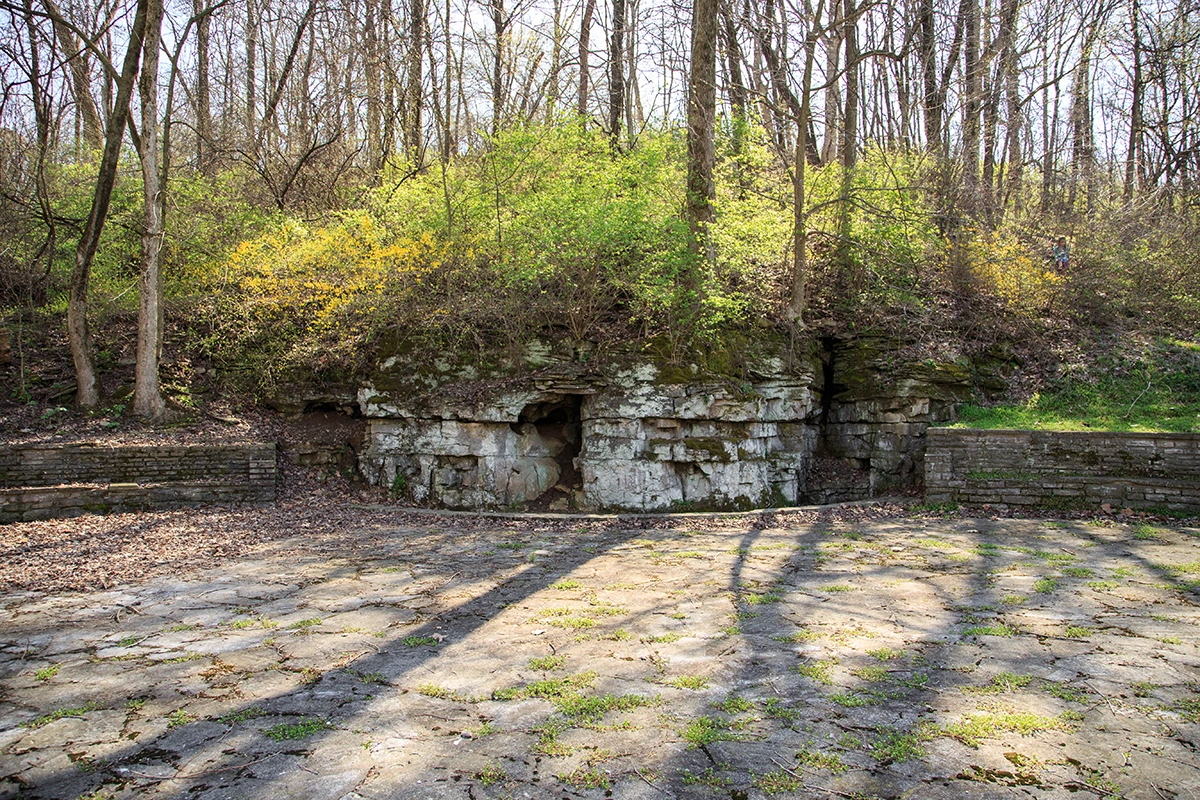
Labels: Fort Belle Fontaine, historic, military, saint louis

